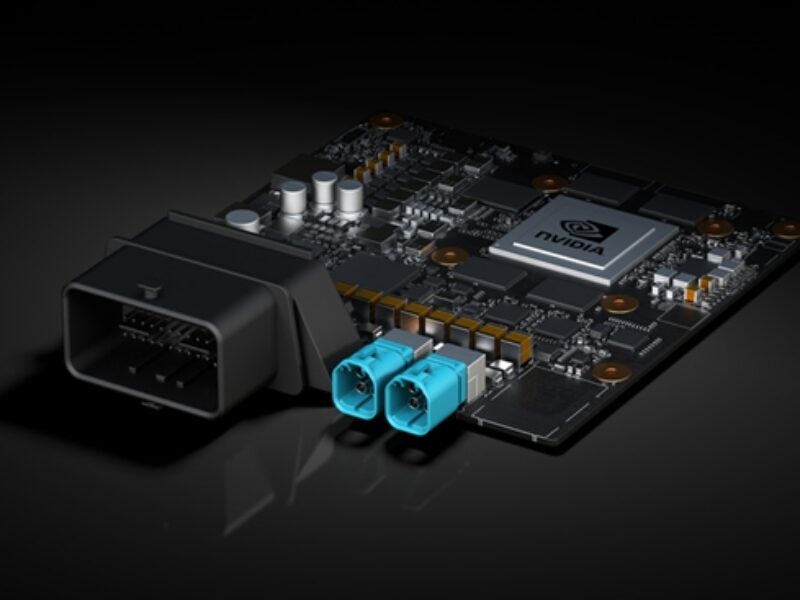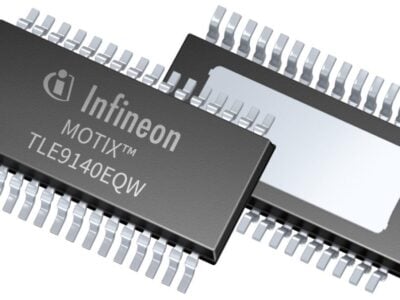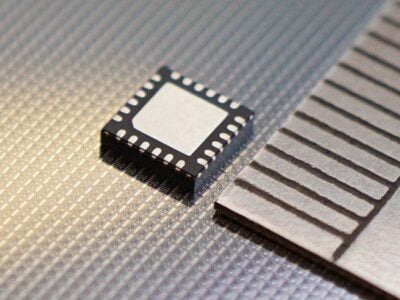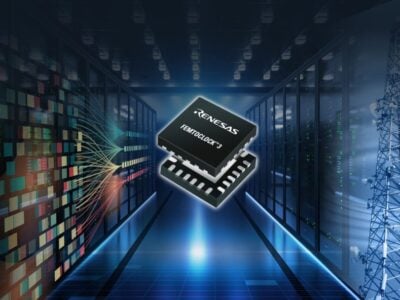
Nvidia introduces compact single-chip AI platform
The board is based on Nvidia’s Drive PX2 AI computing platform for Autocruise functions. With all the computing logic being implemented in just a single chip, it does content itself with ten watts or less – which is relevant because car designers don’t want noisy blowers in the head unit. More important however is the computing power: According to Nvidia, the platform has the resources and structure to enable deep neural networks to process the data streams from multiple sensors (radar, lidar) and cameras. The Drive PX2 will be deployed by Chinese IT company Baidu as the central computer for self-driving activities; at the same time it routes and manages data connections to and from the cloud.
Highlighting the Drive PX2’s small form factor, Nvidia automotive VP Rob Csongor said that carmakers around the world are eager to implement some sort of AI in their vehicles. In addition, numerous suppliers, software partners and research institutions active in the area of developing autonomous driving capabilities are currently using the Drive PX platform. Its architecture scales from a single mobile processor configuration to multiple Drive PX2s with two mobile processors and two discrete Graphics processing units each.
The Drive PX board introduced this week will serve as the AI engine for Baidu’s self-driving vehicle. Baidu is – among others – running China’s largest search engine and is insofar comparable to Google. And like Google, Baidu plans to develop and build a self-driving car. Baidu and Nvidia recently announced a development partnership to provide a self-driving cloud-to-car system which will also be available for global players.
The DRIVE PX 2 is powered by Nvidia’s newest system-on-a-chip, featuring a GPU based on the Nvidia Pascal architecture. A single NVIDIA Parker system-on-chip (SoC) configuration can process inputs from multiple cameras, plus lidar, radar and ultrasonic sensors. It supports automotive inputs/outputs, including ethernet, CAN and Flexray. Availability for production partners is announced for 4Q2016.
More information: https://www.nvidia.com/object/drive-automotive-technology.html#utm_source=shorturl&utm_medium=referrer&utm_campaign=drive
Read also
Nvidia builds connections to AI researchers
 If you enjoyed this article, you will like the following ones: don't miss them by subscribing to :
eeNews on Google News
If you enjoyed this article, you will like the following ones: don't miss them by subscribing to :
eeNews on Google News




